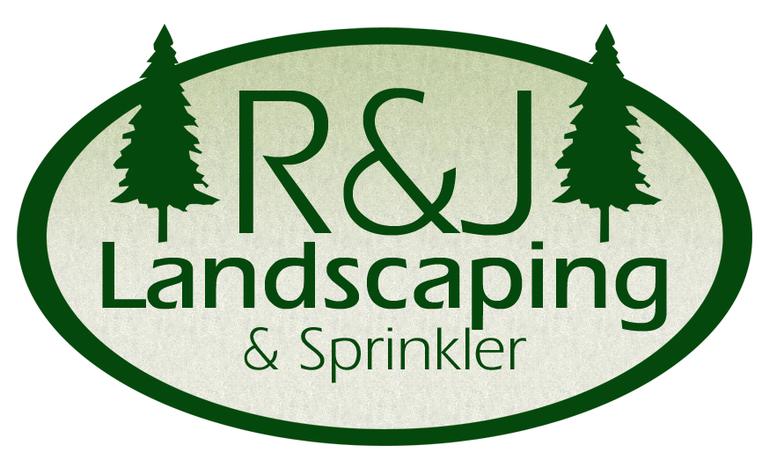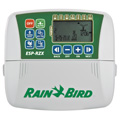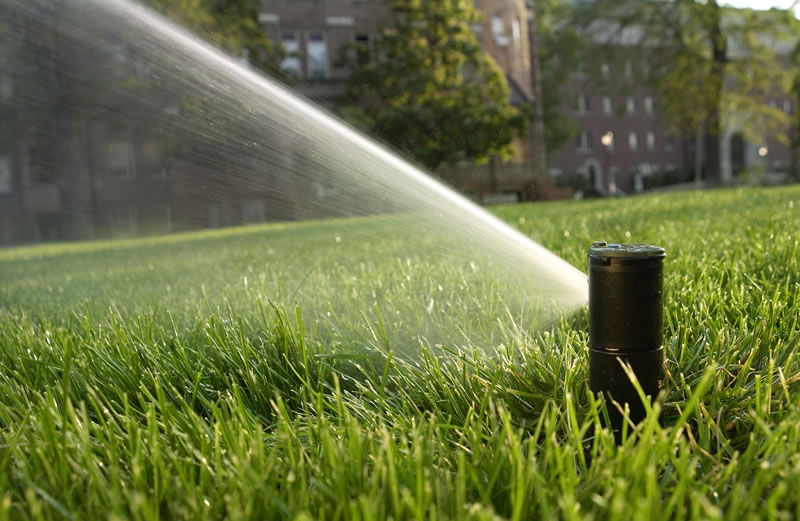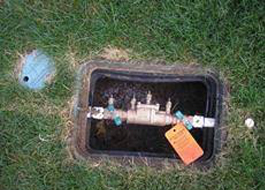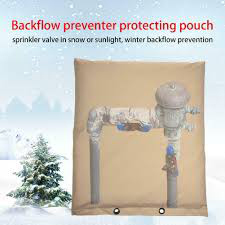Sprinkler System FAQ's
Most questions you have might be answered in our how to videos. Please take a look.
For more information, please call
(208) 762-9367 or contact us:
Rain Bird Manual
click on image to download manual
Programing timer
click image above to watch video
Ph: (208) 762-9367
How to adjust
sprinkler heads
click on image download manual
How to adjust
sprinkler heads
click image above to watch video
Hydroseed FAQ's
All sprinkler systems are not installed the same way, below are general hints to help.
Help! I have a valve stuck running that won’t shut off with the timer or an active water leak in the sprinklers and I need to shut it off until I can get it fixed!
If you cannot shut off the main water to the sprinklers, you can shut the water off at your backflow device to stop the flow of water from there. The Double Check Valve has two handles and to stop the water you only need to turn off one of them completely clockwise 90 degrees to stop the water flow completely. The PVB is the above ground backflow device required since May 2018. It is the same, you turn one of the handles on the above ground valve 90 degrees and the water will stop flowing there. A zone of sprinklers stuck on usually means some sort of little debris is in the seal preventing it from closing all of the way that will need cleaned out to resume usual use.
DO NOT shut the water off here for winterization or this valve will freeze and break, shut it off here to temporarily stop water only.
VIDEOS: R&J Landscaping uses Rainbird, they have videos and manuals online for timers, head adjustment, and more. Check it out!
What is sprinkler winterization/blowout?
If you are new to North Idaho or to sprinkler system ownership you will hear the term “sprinkler blowout”. Due to long, cold winters the ground freezes and thaws several times from October-May. As the ground freezes, so does the water in the sprinkler heads, lines, and valves which causes it to expand and will cause costly damage to the sprinkler system. For the sprinkler blowout, the main water valve to the sprinkler system is shut off so no water is flowing to the system.
Compressed air will then blown through the sprinkler valves, lines, and heads to get the water out of the system. Air should NOT be blown through your backflow prevention devices, it is opened up and drained.
If you have an above ground backflow device, you should take special care to insulate this device October 1- May 1. A good way to do this is with an insulation bag shown below. You can purchase them online or we usually have a few in stock available. Some people also wrap it in a strip of insulation, then wrap it in black plastic or a trash bag, and then wrap it tight with duct tape.
How do I turn my sprinklers back on in spring?
First step is to go outside and make sure all the sprinkler valves are closed as some companies leave them open for additional freeze protection in fall. You must tighten down the screws on your backflow device test ports where the water was drained in fall. After these two steps the main water can be turned on to the sprinkler system. Set your timer and off they go. If you have any doubt about any of these steps we highly recommend you pay a company to do this for you or to do it for you once and show you how to do it.
How long should I run my sprinklers?
This is not a one size fits all answer. Hydroseed must stay damp and be watered 3-4 times a day every day. Established lawns don’t need as much, different soil types hold water and some it seemingly flows right through. If you get puddles you are putting too much water in that area so it needs less time. If you have a dry spot it needs more water so add more time. Remember areas along concrete, fences, decks, or along streets in city swale areas need MORE water or a longer time. Also, heads that rotate need to run longer than spray heads that do not have to travel in a circle to water an area.
What is a backflow test?
In spring you are required to have a State Certified Backflow Tester do a procedure on your backflow device with a Certified Test Kit and a report must be turned in to your water company. Your backflow preventor keeps possibly contaminated water from pet waste, fertilizers, herbicides from flowing back into drinking water. If your backflow preventor fails the test, the tester should take it apart and clean it and test it again. If it still does not pass there may be costs for parts or repairs and a cost for the re-test after they are completed. If you have an old device that is no longer manufactured and parts are not available you may have to replace the entire device with an approved device under current law. A backflow test is very important for drinking water safety for our entire community. Call your water purveyor with further questions about their rules and regulations.
